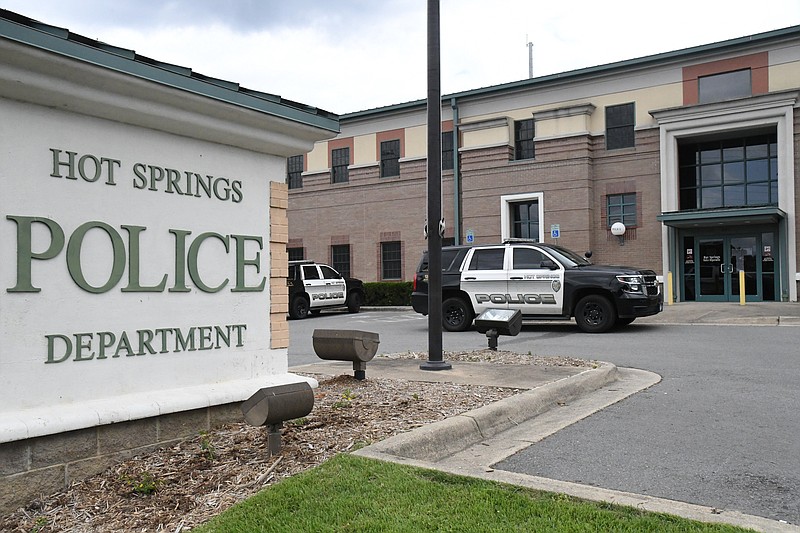Cities and counties across the country are sitting on billions of dollars provided by the $1.9 trillion American Rescue Plan Congress passed in March, but many are uncertain about what expenses are eligible for funding.
Hot Springs is one of the localities waiting for final guidance from the Department of the Treasury. City Manager Bill Burrough said the city has received half of its $10.8 million from the $350 billion ARP provided for states, cities, counties, tribal and territorial governments. It will receive the balance next year.
The interim final rule the Treasury Department issued in May outlined eligible and ineligible expenses, but Burrough said the city is waiting on final guidance before it encumbers its federal largesse.
"I think it's in our best interest to wait till we have that final rule before we commit funds," he said. "We're just apprehensive to do anything until we see more guidance come out of the Treasury. Every week we're getting webinars that give us a little more information and guidance, but I think until the actual final rule comes out there's going to be questions."
According to a fact sheet the White House issued last month, localities that have seen a surge in gun violence as a result of the pandemic can use ARP funds to augment their police forces, including hiring more officers.
The Hot Springs Police Department swore in 13 new officers in May, filling some of the vacancies in the 109 uniformed positions accounted for in the $14.77 million budget the Hot Springs Board of Directors authorized for the department's 2021 operations. Later that month the board authorized a new uniformed position to enforce short-term rental regulations that took effect in June.
"It's something we would look at," Burrough said. "But what happens when that money is no longer available? That's an operational expense that's not going to have an ongoing revenue stream. I'm not going to say it's something we wouldn't do, but we have to look at the long term when we no longer have this money. I get concerned when we use a nonrecurring revenue stream for operations."
Burrough said the money might be better spent on expanding the technology component of the violent crime reduction strategy the Police Department unveiled in the fall. The technology piece includes the acoustical gunfire detection system the city bought a license for earlier this year. The $99,000 annual fee covers 2 square miles of the city's more than 30-square-mile area.
Burrough said supplementing other federal funding the board committed to the construction of a homeless shelter might be a potential use for the money. The city received $572,399 in U.S. Department of Housing and Urban Development Coronavirus Aid, Relief and Economic Security Act funding last year.
In January, the board allocated $317,926 from the funding to put toward a quarantine shelter for homeless and low-income residents. That money will be combined with $363,364 from the annual Community Development Block Grant the city receives as one of HUD's more than 1,200 entitlement cities.
The board typically distributes the city's annual CDBG allocation to more than a dozen applicants, but Burrough recommended earmarking the entirety of this year's funding for a shelter. The board ranked programs for the homeless and low-income seventh out of the 18 goals and priorities it established for 2021.
"We still have a gap in trying to do something on a homeless shelter," Burrough said. "We've looked at three different sizes that range from about $1 million to $2.3 million. It depends on whether we're going to have a day shelter that can be used as an emergency shelter. We have to have a quarantine shelter. That's why we're able to use the CDBG funds, is that quarantine aspect.
"Then there's a true 24/7 homeless shelter that can transition people from homelessness to having their own apartment and a job. A day-use facility for feeding and counseling that also has some overnight beds, now you're getting up to $2.3 million, depending on the number of beds."
The interim final rule said localities can use their ARP funding for medical care, mental health and substance abuse treatment and public health and safety staff. The interim guidance prohibits localities from using the federal relief for paying down unfunded pension liabilities, matching funds for federal grants, debt service and contributing to rainy day funds.
